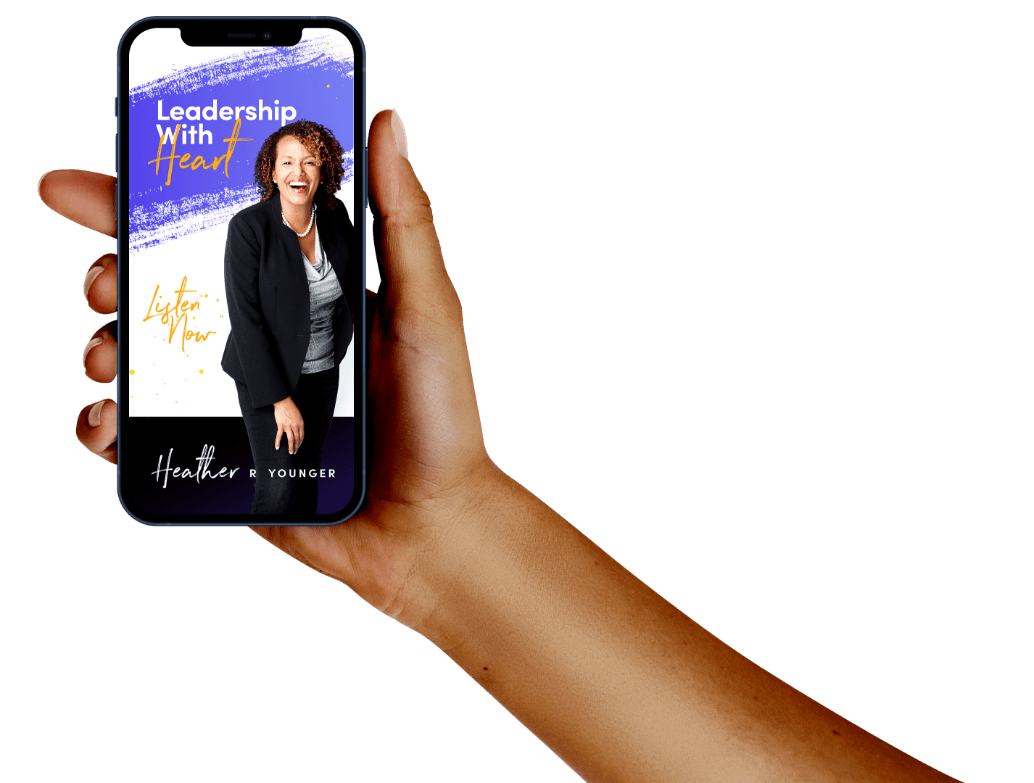The other day, I was picking up an order from a deli for my mother, who had ordered ahead of time. I didn’t realize the order was set for a later pick up time, so I arrived, and it wasn’t ready. When I told them that I had traveled 45 minutes and was wondering if there was any way for them to expedite the order, the cashier shrugged off my request, and told me there was nothing they could do, and that I would just have to wait around. My mother decided to call them over the phone, and to my surprise, they gladly agreed to speed up the order and have it ready in 15 minutes.
Frustrated, I wondered why they chose not to show me empathy and understanding when I was standing right in front of them. Why did they not care for me and my needs until a secondary request came into play?
My interaction with the deli staff made me think of all the times employees come to their manager with an issue, and are brushed off without a second thought. In the most dysfunctional organizations, employees don’t consider their manager a caring leader. Rather, they consider them a boss, someone who has the authority to make their professional life a walk in the park or a living hell.
We each have the choice to decide how we show up for others. Do we problem solve with our team members as they stand in front of us, or do we leave them to their own devices? Do we make excuses for why we didn’t treat them better when we’re called out for our behavior? Do we exercise empathy and compassion when we’re called on to lead? Do we leave our employees feeling supported and respected, or unheard and unimportant?
These are the questions I ask my clients all the time. They’re the questions you should be asking yourself on a regular basis to ascertain where you’re failing your employees. So how do we consciously do better as leaders? Below are three tried-and-true tips for leading with empathy:
- Slow down. We all know how busy managers can be, but when an employee comes to you with a problem and you treat them as another box to check off on your to-do list, it makes them feel like you don’t have time for them. Try to slow down your interactions, and see the person in front of you as a human being worthy of dignity and care, and not just a cog in your machine. A little undivided attention goes a long way.
- Put yourself in the other person’s shoes. This is what empathy is at its core. It’s about seeing a situation from someone else’s perspective, and connecting to the emotions from their viewpoint. Step out of your shoes and ask questions to get a better sense of their experience. “Why do you feel that way? What do you see that I might not be aware of? In your opinion, how can I best support you?” Questions like these will aid you in creating a solution that works for both of you.
- Exercise self-awareness. Oftentimes, we offend people when we least intend to, so be conscious of every word you say, the tone with which you say it, and what your body language might be communicating that your words aren’t. When we fall short in caring for our employees, use self-reflection to determine what you did wrong, how you can improve moving forward, and how you can rebuild that bridge.
The relationship between employee and leader should be a mutually beneficial one, where both parties are respected, supported, and inspired by one another. You shouldn’t leave your team members high and dry in moments of frustration, like the deli staff did to me. You should center your leadership approach around empathy and compassion, and prioritize connection-building as the foundation of a healthy team dynamic.






